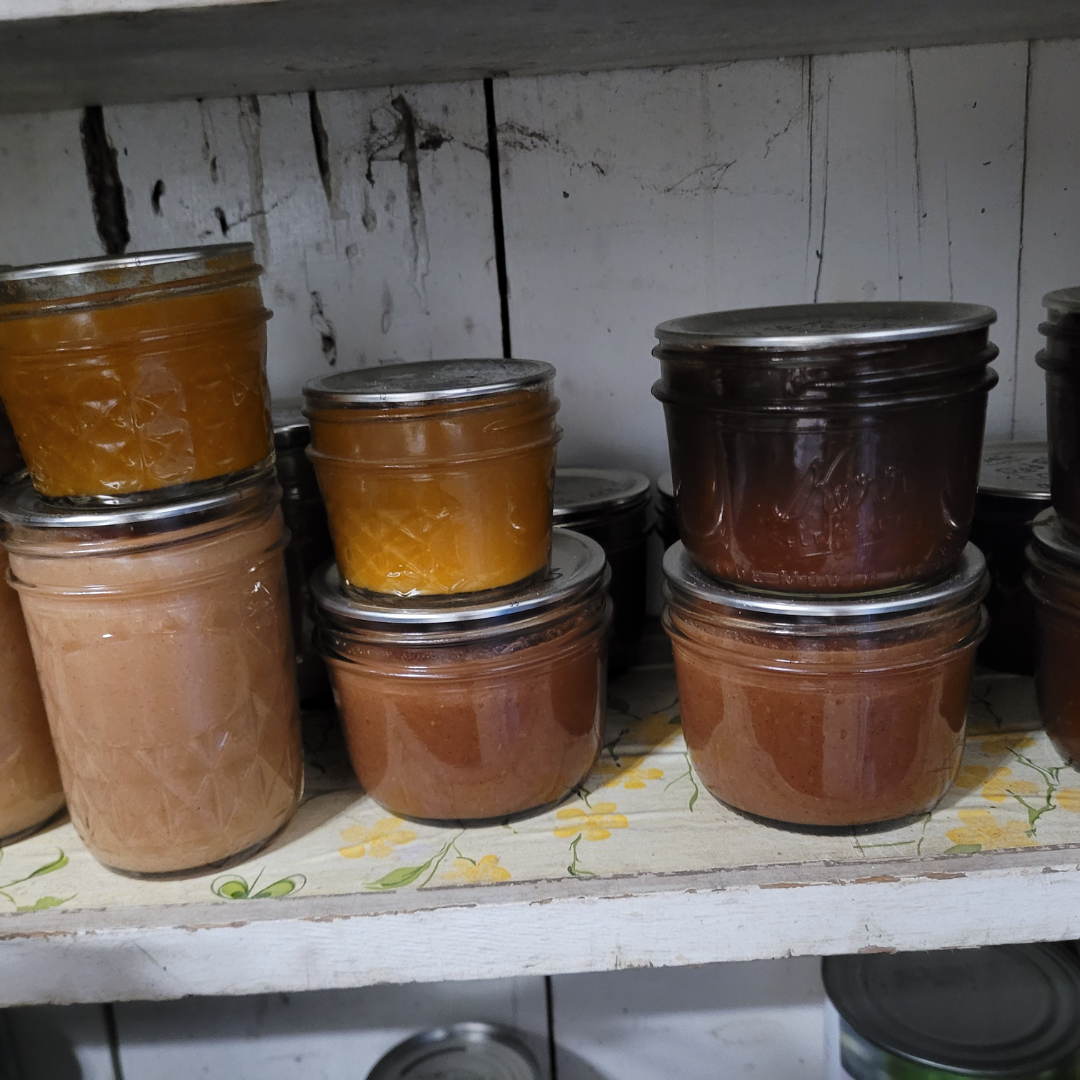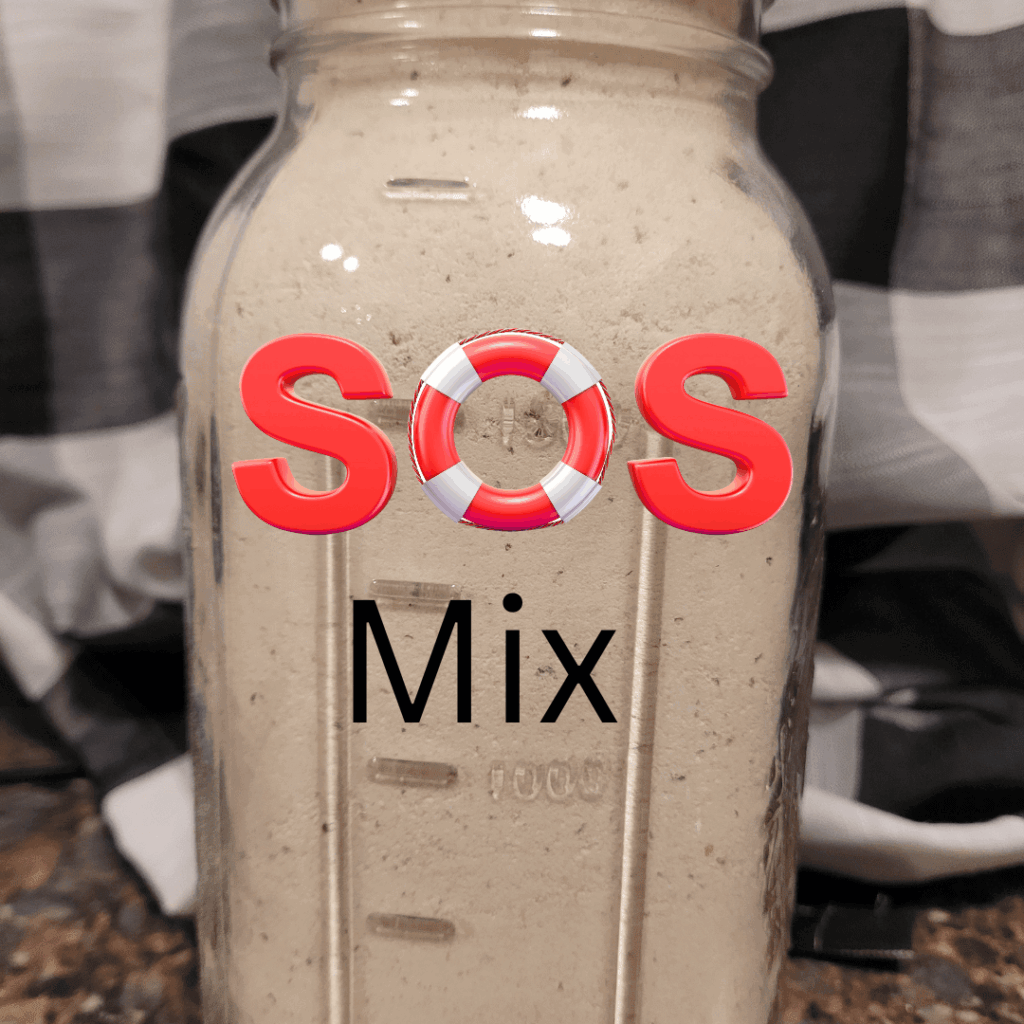Discover how to stockpile condiments for survival the smart way. Learn what to store, how much, and how I keep my shelves full, organized, and ready.
I’ll be honest—condiments are the unsung heroes of my food storage. You can have all the rice, beans, and canned meat in the world, but without the right sauces, spices, and seasonings, meals get boring fast. Over the years, I’ve learned how to stockpile condiments in a way that actually works for real-life cooking and long-term prepping. In this guide, I’ll walk you through exactly what I store, how I choose shelf-stable options, and the simple system I use to keep everything rotated and ready. Flavor isn’t just a luxury—it’s what keeps morale high when life gets tough. Let me show you how I do it.
I remember the time when a severe snowstorm hit my area, leaving us stranded for days without access to grocery stores. While we had plenty of non-perishable food items, the lack of condiments made our meals feel bland and uninspiring. The second time this has happened, was in the fall following the COVID shutdown in 2021 when we lost power for a week after a storm. That’s when I realized the importance of having a stockpile of condiments on hand, not just for survival, but also for maintaining a sense of normalcy and comfort during challenging times.
This is a pinnable post. Tap or hover over any image in this post to pin to your Pinterest Boards.
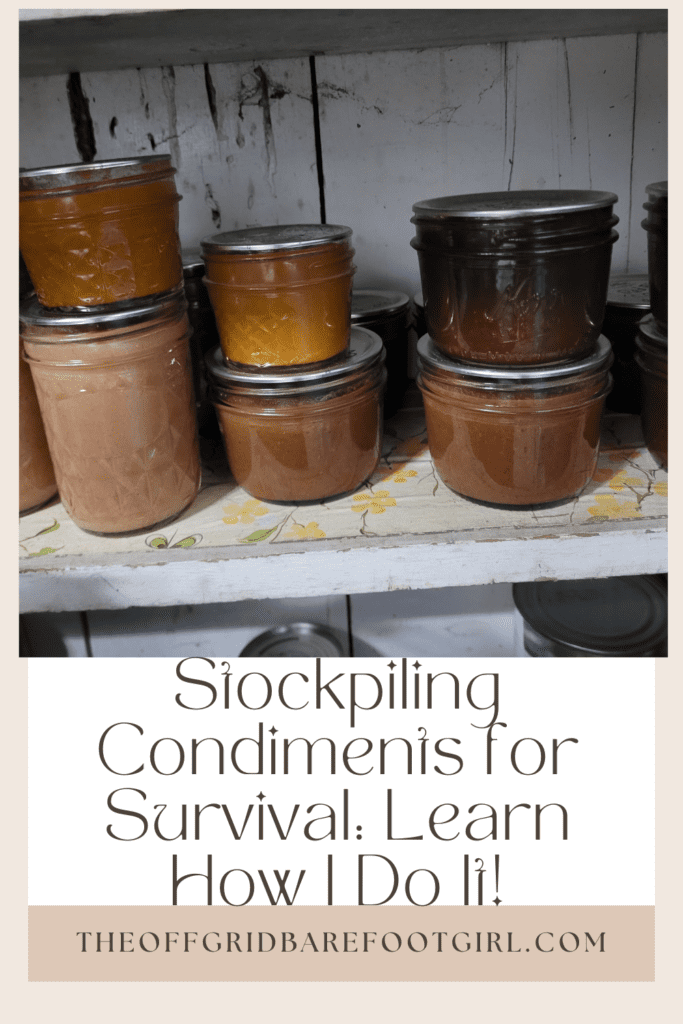
The Importance of Stockpiling Condiments for Survival

When it comes to being prepared, most folks jump straight to the big things—food, water, medical supplies. And yes, those matter. But over the years, I’ve learned that the little things, like condiments, make a huge difference too. When life gets stressful or you’re living off your stockpile, those simple flavors can completely lift your spirits. It’s amazing how a bottle of hot sauce or a jar of mustard can turn basic pantry meals into something comforting and familiar. That’s why I make sure condiments have a place in my long-term storage—they keep meals interesting and morale steady when times are tough.
Why Condiments Are Essential
Condiments are more than just flavor enhancers – they can also provide essential nutrients and aid in preserving food. For instance, vinegar and salt are natural preservatives that can extend the shelf life of perishable items. Additionally, condiments like hot sauce, mustard, and soy sauce contain antioxidants and vitamins that can help boost your immune system and overall health, plus they make food taste way better!
Shelf-Life and Storage Considerations
One of the key advantages of stockpiling condiments is their extended shelf life. Many condiments, such as honey, soy sauce, and vinegar, can last for years when stored properly. However, it’s important to consider the storage conditions and packaging to ensure their longevity. Opt for airtight containers or bottles, and store them in a cool, dry place away from direct sunlight.
Planning Your Stockpile
When planning your condiment stockpile, consider your family’s preferences and dietary needs. Start by stockpiling versatile condiments like salt, pepper, vinegar, and olive oil, which can be used in a variety of dishes. Then, add your favorite sauces, spices, and seasonings to enhance the flavor of your emergency food supply.
Remember, stockpiling condiments is not just about survival – it’s also about maintaining a sense of normalcy and enjoyment in your life. By having a diverse collection of flavors at your disposal, you can elevate your emergency meals and boost your overall morale, making the challenging times a little more bearable.
Building Your Condiment Stockpile
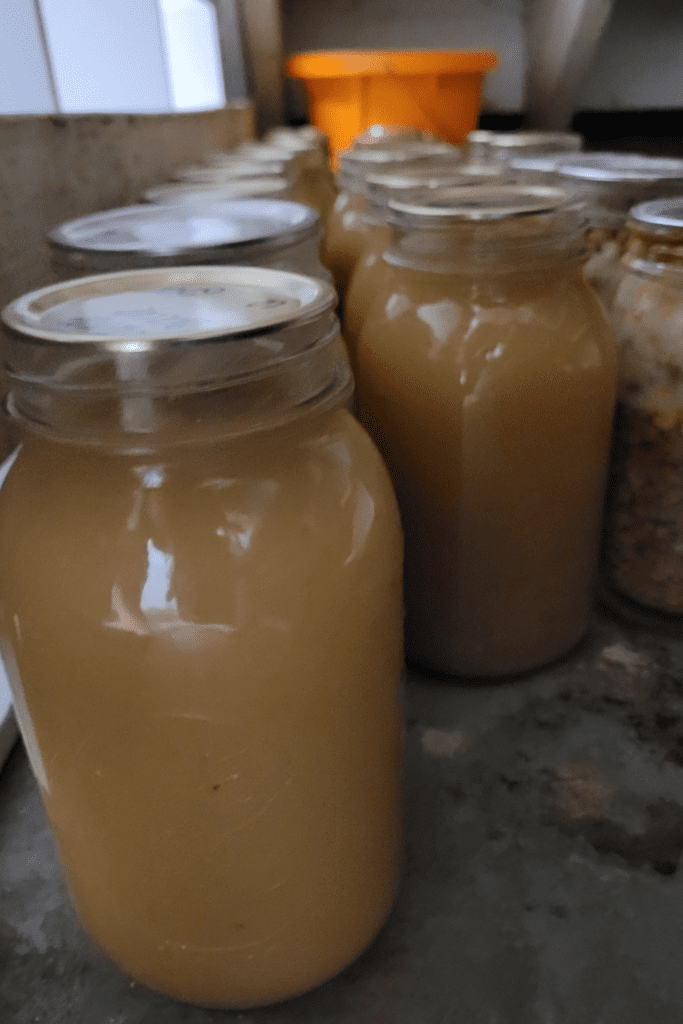
In an emergency or survival situation, having a well-stocked pantry can be a game-changer. While you may have thought about stockpiling staples like grains, canned goods, and dried foods, condiments are often overlooked. However, these flavorful additions can transform bland meals into tasty, morale-boosting dishes.
Essential Condiments to Stockpile
The condiments you choose to stockpile will depend on your personal preferences, but some essentials to consider include:
- Salt and Pepper: These basic seasonings can enhance the flavor of almost any dish.
- Hot Sauce or Chili Paste: A little kick can liven up even the most mundane meals.
- Soy Sauce or Tamari: Perfect for adding umami flavor to rice, vegetables, and proteins.
- Vinegar: Varieties like apple cider, white, balsamic, or red wine vinegar can be used for pickling, dressings, and marinades.
- Mustard: Dijon, yellow, or whole-grain mustard can add depth and tanginess to sandwiches and sauces.
Sourcing and Purchasing Condiments
When building your condiment stockpile, it’s essential to consider shelf-life and storage requirements. Look for condiments with long expiration dates or those that can be easily preserved through canning or pickling. Bulk purchasing from wholesale stores or online retailers can help you save money and ensure you have enough to last.
Organizing and Rotating Your Stockpile
Proper organization and rotation are key to maintaining your condiment stockpile. Store condiments in a cool, dry place away from direct sunlight. Label containers with expiration dates and rotate your stock, using the oldest items first. Consider investing in airtight containers or vacuum sealers to extend the shelf life of your condiments.
Remember, having a well-rounded condiment stockpile can not only add variety to your meals, but also provide a much-needed morale boost during challenging times. With a little planning and preparation, you can ensure that your survival meals are not just sustaining, but also delicious.
Creative Uses for Stockpiled Condiments
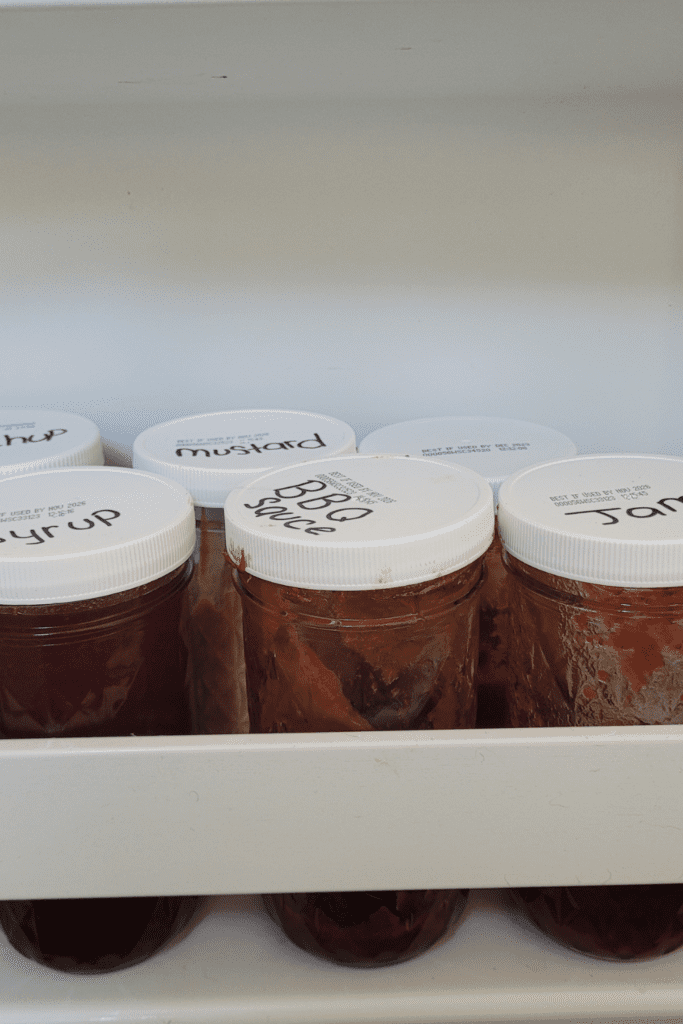
When it comes to survival situations, having a well-stocked pantry can make all the difference. Condiments, often overlooked, can be invaluable assets during times of scarcity. From enhancing the flavor of bland meals to serving as trading commodities, these unassuming jars and bottles can prove their worth in unexpected ways.
Enhancing Flavor in Survival Meals
Let’s face it, in a survival scenario, food options can be limited and repetitive. However, with a stockpile of condiments, you can transform even the most basic ingredients into flavorful dishes. A dash of soy sauce, a squeeze of mustard, or a dollop of hot sauce can add depth and excitement to your meals, making them more palatable and enjoyable.
Alternative Uses for Condiments
Condiments can serve purposes beyond flavoring food. For instance, vinegar can be used as a natural cleaner or disinfectant. Honey has antimicrobial properties and can be used to dress wounds or soothe sore throats. Even ketchup can come in handy as a makeshift metal polish or rust remover.
Bartering and Trading with Condiments
In a survival situation, resources become precious commodities. Condiments can be valuable bargaining chips for acquiring other essential items. A jar of pickles or a bottle of hot sauce might seem like a small thing, but to someone who has been living on bland rations, it could be a coveted luxury worth trading for.
Whether you’re looking to spice up your meals, find alternative uses for everyday items, or build a stockpile for bartering, condiments can be a valuable addition to your survival arsenal. With a little creativity and foresight, these unassuming pantry staples can become valuable assets in times of need.
Long-Term Storage Methods
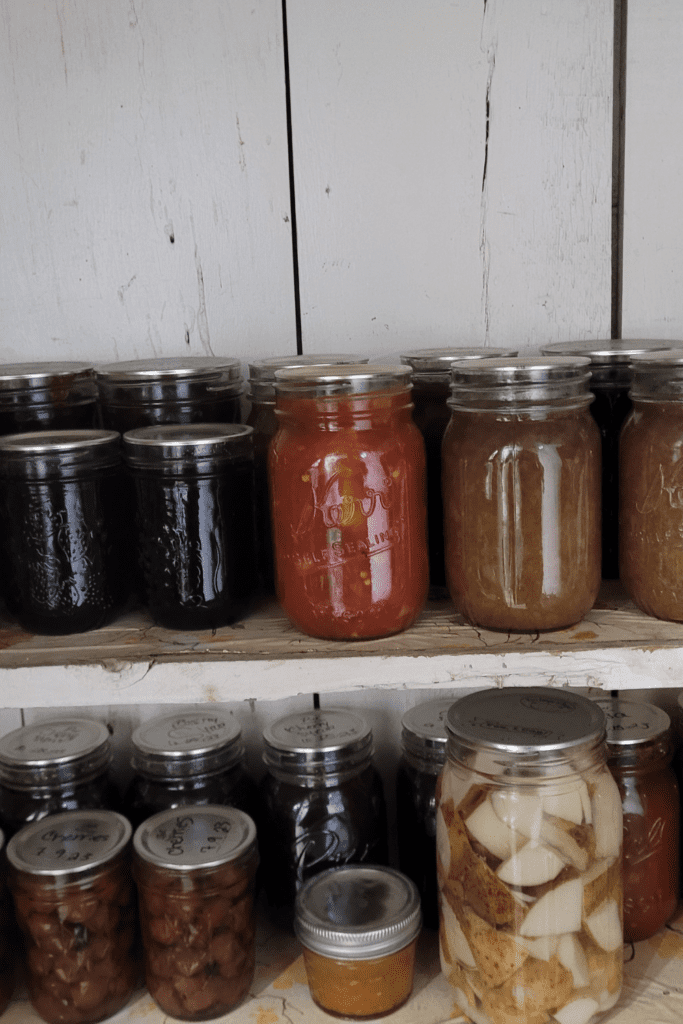
Stockpiling condiments for survival isn’t just about hoarding bottles and jars. It’s crucial to ensure your stash remains fresh and edible for the long haul. Here’s how I approach long-term storage methods to keep my condiment collection in top shape.
Proper Packaging and Containers
The first step is to choose the right containers. Opt for airtight, food-grade plastic or glass containers that can withstand temperature fluctuations. Avoid metal containers, as they can react with acidic condiments like vinegar or tomato-based sauces. Transfer opened bottles into these containers, squeezing out as much air as possible before sealing.
For added protection, consider vacuum sealing or using mylar bags with oxygen absorbers. These methods create an oxygen-free environment, extending the shelf life of your condiments significantly.
Ideal Storage Conditions
Proper storage conditions are key to preserving your condiment stockpile. Aim for a cool, dry, and dark place, like a basement (where I keep mine) or a pantry away from direct sunlight and heat sources. Fluctuating temperatures can cause spoilage and potentially dangerous bacterial growth.
Additionally, keep an eye on humidity levels. Too much moisture can lead to mold and mildew, while too little can cause your condiments to dry out and lose their flavor.
Monitoring and Maintaining Your Stockpile
Regularly inspect your stockpile for any signs of spoilage, such as bulging lids, discoloration, or off odors. Rotate your stock, using older items first and replenishing with newer ones.
If you notice any issues, don’t hesitate to discard the affected condiments. It’s better to be safe than sorry when it comes to food safety.
As you monitor your stockpile, keep detailed records of expiration dates and rotation schedules. This will help you stay organized and ensure you’re consuming your condiments while they’re still at their best.
By following these long-term storage methods, you can ensure your condiment stockpile remains fresh, flavorful, and ready for any survival situation that may come your way. With proper packaging, ideal storage conditions, and diligent monitoring, you’ll have a delicious and safe stash to enhance your meals, no matter what life throws at you.
Replenishing and Rotating Your Stockpile
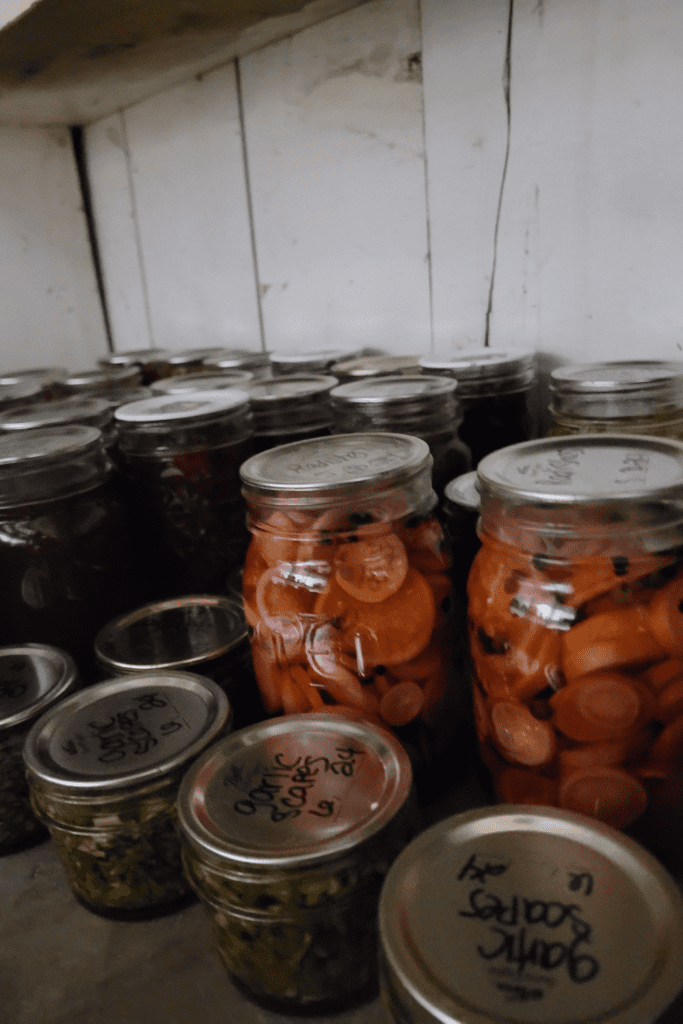
Maintaining a well-stocked and fresh condiment stockpile requires a bit of strategy and organization. It’s essential to have a system in place to ensure your supplies are regularly replenished and rotated to prevent waste and spoilage. Here’s how you can keep your stockpile in top shape:
Inventory Management Techniques
Keeping a detailed inventory of your condiment stockpile is crucial. Consider creating a spreadsheet or using a dedicated app to track the items you have, their expiration dates, and quantities. This will help you identify when items need to be replenished and prevent you from overbuying. I have a FREE printable checklist you can use to help you stock your condiments in your pantry, so be sure to grab it at the end of this post!
Another helpful technique is to label your condiments with the date of purchase or opening. This way, you can easily identify the oldest items and prioritize their use or replacement.
Identifying Expiration Dates
While some condiments have a longer shelf life than others, it’s essential to be aware of expiration dates. Check the labels carefully and note the “best by” or “use by” dates. If a condiment has passed its expiration date, it’s generally best to discard it, as it may have lost its intended flavor or become unsafe for consumption.
For homemade condiments or those without clear expiration dates, use your best judgment. Trust your senses – if a condiment has an off smell, discoloration, or unusual texture, it’s time to let it go.
Restocking and Cycling Out Expired Items
As you approach the expiration dates of your condiments, it’s time to start using them up or replacing them. Consider incorporating the older items into your meal planning to ensure they don’t go to waste.
When restocking, prioritize the items you use most frequently or those with shorter shelf lives. This way, you can ensure a steady rotation and minimize the risk of expired items lingering in your stockpile.
Don’t be afraid to try new condiments or brands when restocking. Experimenting with different flavors can add variety to your meals and keep your stockpile interesting.
Remember, a well-maintained and regularly rotated stockpile will not only save you money, but also ensure you have access to fresh and flavorful condiments whenever you need them.
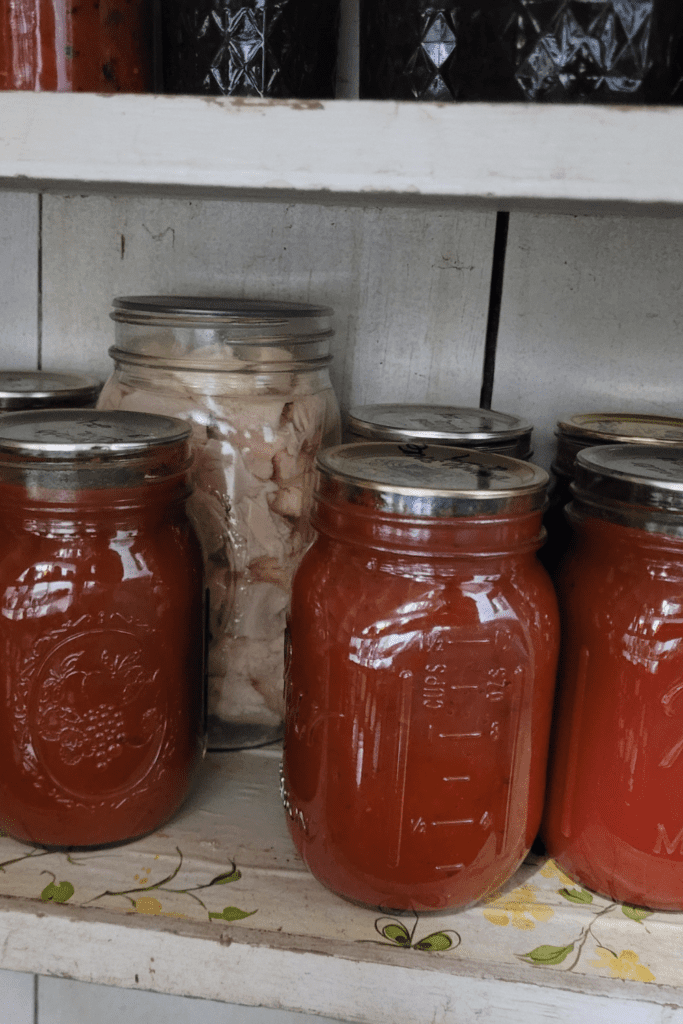
Conclusion
Stockpiling condiments may seem like an unconventional approach to preparedness, but as we’ve explored, it can be an incredibly valuable tool for survival situations. From extending the shelf life of your food to adding much-needed flavor and variety to your meals, a well-curated condiment stockpile can make a world of difference.
Remember, building your stockpile is a journey, and it’s essential to start small and focus on the condiments that best suit your taste preferences and storage capabilities. Don’t be afraid to get creative with your uses and strive for a diverse selection that can elevate even the most basic ingredients.
As you continue to expand your knowledge and refine your stockpiling strategies, remember to prioritize proper storage techniques and regularly rotate your supplies to ensure maximum freshness and longevity. With dedication and patience, you’ll be well on your way to a sustainable and delicious emergency preparedness plan.
So, why not start today? Share your condiment stockpiling experiences, tips, and favorite recipes with others in the community. Together, we can inspire and empower one another to embrace this unconventional yet practical approach to survival. After all, a well-seasoned life is a life worth savoring!
Remember to keep scrolling to grab your FREE printable!
Resources: Here are some helpful resources for further information.
- Don’t Forget to Stockpile Condiments and Seasonings – By Urban Survival Site
- Build a Prepper Pantry from Scratch – By Large Family Table
- Make Food Storage Meals Amazing – By The Provident Prepper
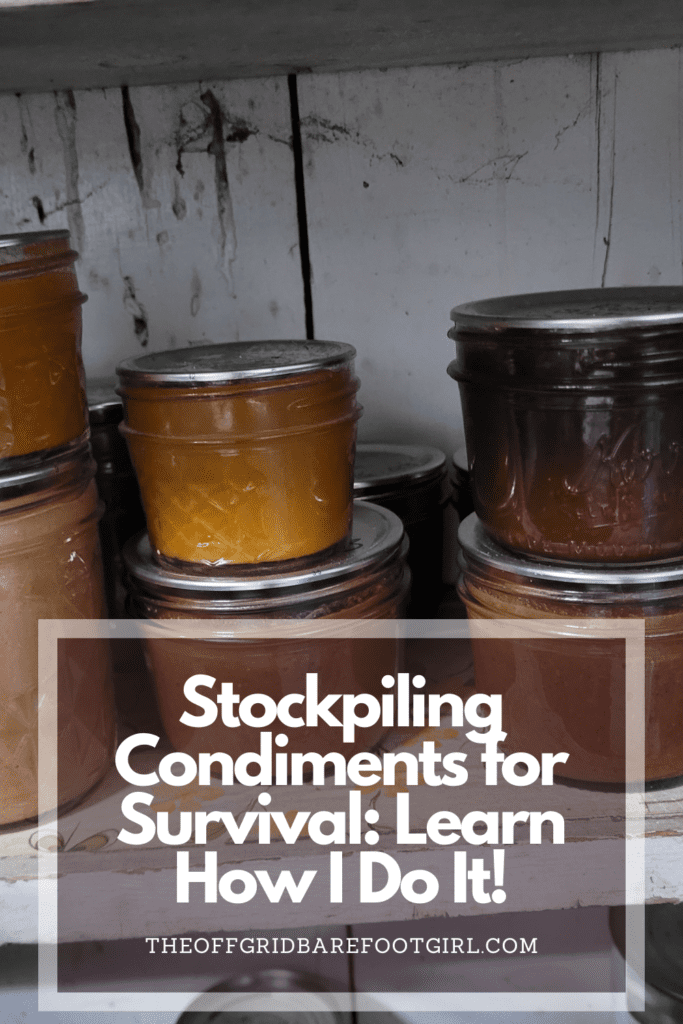
Frequently Asked Questions
1. Why is stockpiling condiments important for survival preparedness?
Stockpiling condiments ensures you have essential flavorings and cooking aids that can enhance meals during emergencies, maintaining morale and nutrition.
2. What types of condiments should I prioritize for survival stockpiling?
Focus on versatile items like salt, pepper, cooking oils, and vinegar, which have long shelf lives and can be used in various recipes.
3. How do I ensure condiments remain usable during long-term storage?
Store condiments in a cool, dry place away from sunlight and moisture. Check expiration dates periodically and rotate stock to maintain freshness.
4. Can I customize my condiment stockpile based on dietary needs?
Absolutely! Consider dietary preferences and health requirements when choosing condiments. Options like low-sodium sauces or vegan alternatives can cater to specific needs.
Stockpiling Condiments for Survival FREE Printable Checklist
Download my FREE printable checklist for stockpiling condiments essential for survival preparedness. This invaluable resource outlines essential condiments and pantry staples crucial for long-term storage and emergency situations. Whether you’re preparing for natural disasters or ensuring your household is ready for any unforeseen event, this checklist provides a structured approach to building a well-rounded pantry for your condiments.
Organized by categories such as basic condiments, cooking essentials, flavor enhancers, and more, my checklist simplifies the process of ensuring you have everything you need to maintain flavor and nutrition in challenging circumstances. Don’t wait—take proactive steps today to secure your family’s well-being with my essential condiment checklist!
Summary
I hope I have inspired you to stockpile your pantry for your survival needs.
If you were encouraged by this post, I invite you to check out my FREE Printables Page for fun free printables, planners, and charts.
ENTER MY FREE Printables Page HERE
Here are some more of my canning inspiration posts to check out!
How to Make and Can Vegetable Pot Pie Filling
Easy Canning Applesauce Recipes to Stalk Your Pantry!
How to Make Peach Jalapeno Jam
Cherries: How to Make Cherry Pie Filling
Cherries: How to Make Cherry Syrup
Salsa: How to Make and Can Cherry Salsa
Peaches: How to Make and Can Peach Salsa
Canning Supplies You Need Now for a Successful Canning Season!
How to Make and Can Balsamic Onion Jam
Cranberry Sauce: How to Make and Can Old Fashioned Cranberry Sauce
How to Make and Can Cranberry Merry Jam
How to Make and Can Strawberry Shortcake Jam
Cherry Jam: How to Make and Can Cherry Pie Jam
Carrot Cake Jam: How to Make and Can Carrot Cake Jam
Quince Jam: How to Can a Year’s Supply of Quince Jam
Root Beer Float Jelly: How to Make and Can Root Beer Float Jelly
Blessings,
The Off Grid Barefoot Girl

